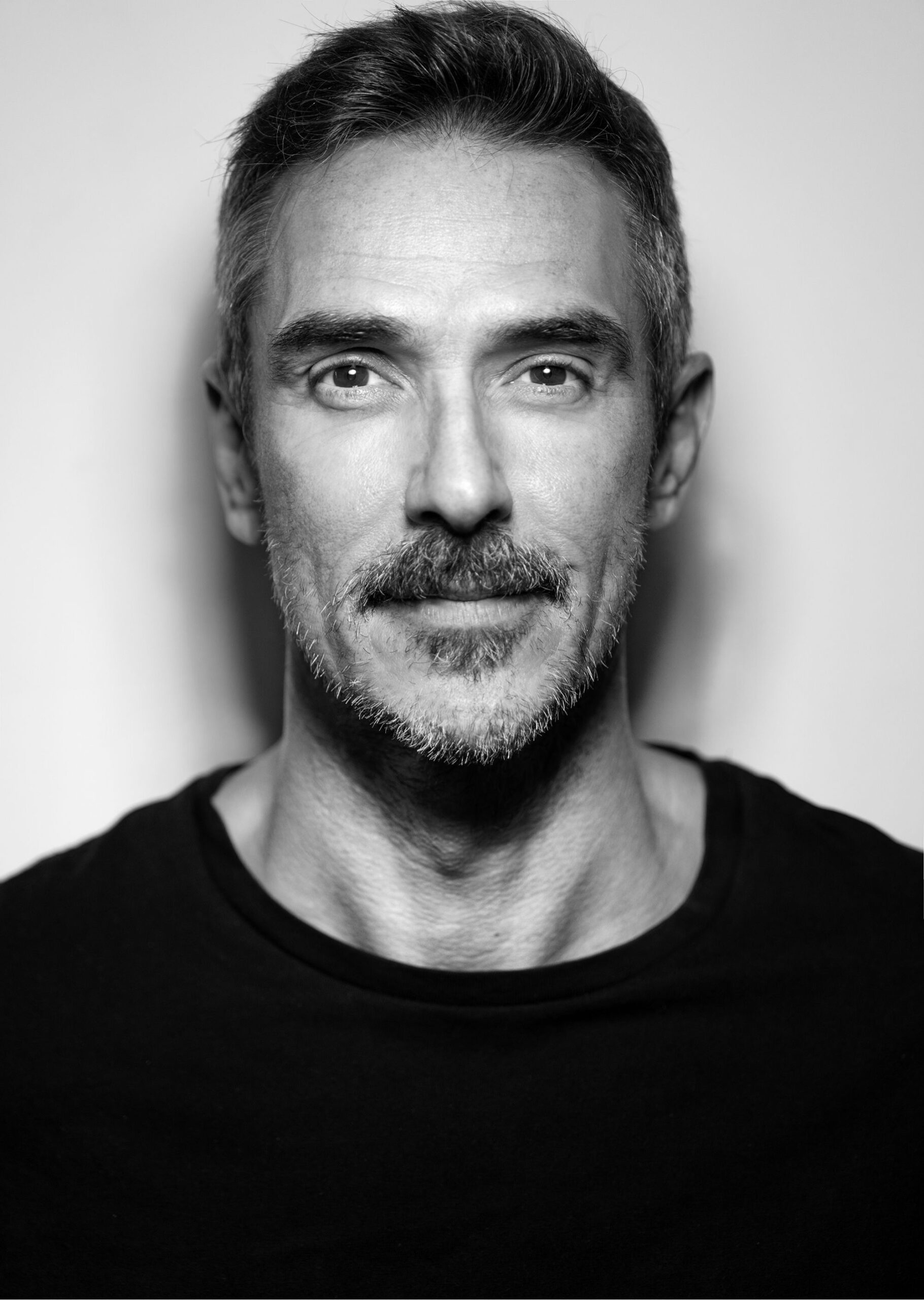Yuvan Noah Hariri wrote in his book, Homo Deus, that “the train of civilisation” is leaving the station for the last time and those who do not understand technology will miss a seat on that train into the future.
It has been an exciting decade for dentistry, and for those that are paying attention to what is going on in the industry, things are accelerating into the future. It is no longer about simply having the tools with which to become a digital dentist. It is now about understanding how to seamlessly integrate the hardware, software and new materials in a way that could transform the way we think about our workflows and treatments moving forward.
The Digital Dentistry Society was founded on the premise that the transformation of analogue to digital dentistry required some guidance, education and support. It organises regular global congresses, of which the next will be from the 12th to 14th of October 2023 in the amazing city of Casablanca, Morocco. At these events, some of the greatest minds in the field of digital technology applied to dentistry and health care will gather to share their visions of the future.
I am privileged to be a part of this organisation, alongside my friends and colleagues on the board and all of our ambassadors around the world who are promoting and leading the way in the digital revolution. I have made it my personal goal to keep the dental clinic that I founded in 1999 as advanced and up-to-date as possible. As such, I am blessed to work not just with an amazing team of dentists and co-workers but with some of the leading tech companies on Earth that endeavour each year to bring to market cutting-edge tools, materials and technologies that make life easier and more profitable for everybody, including the patient.
I remember clearly the first time I scanned a tooth prep back in 2008 using Cerec technology and how excited I was to be able to use computer-aided design and computer-aided manufacturing (CAD/CAM) to help me make a lithium disilicate crown. I thought that this would completely change everything, that I would never again have to take a silicone impression and that dental technicians’ days were numbered. The truth of the matter is that the time taken to work on the CAD design was way too long, and despite the best of intentions of this technology to offer a chairside ‘instant’ solution, it was not in fact instant. I rapidly understood that the technology also required a deep understanding of how to integrate it into the modern dental workflow.
Each clinic has its specific way of doing things, and without truly understanding this, a designated allocated time for each procedure. The transition from analogue to digital is thus not simply acquiring the technology but also reshaping the workflow to accommodate the extra time it takes to acquire the data. One of the biggest things we have recently seen emerge is the concept of outsourcing the management of the acquired data to a third party. As a result, cloud-based services are growing, and as long as you can print or mill in your practice, this is something that can truly save time and mitigate costs.
There is still no ideal formula. Each practice needs to understand what it can afford and what its patients can pay for. Training, education and awareness are fundamental and more important than ever to navigate the complexities of the modern digital dentistry landscape. I say this because I have been integrating technologies, materials and software for the longest time, and this requires a lot of effort and time in training, far beyond what is often expected or told to us by the manufacturers. Most companies will sell you a technology that makes incredible sense but unfortunately fail to understand the time it takes to integrate everything seamlessly into the practice. I would say, as a rule of thumb, that you will need an extra staff member for every new technology you acquire. Naturally, this is not possible in all settings, but in an ideal world, we will have some dentists doing the clinical work and others doing the digital work, and they will work together for each case.
Some companies understood this very early on, and a few have done this, such as Biotech Dental, led by Mr Philippe Vèran. Back in 2016, when I first heard about this company, and started using their technology, I understood there and then that the vision of this company was to create an entire universe around different technologies that would make the life of the modern digital dentist easier. Everyone understands that having a company that can vertically integrate everything is the best way forward. I believe that Philippe Vèran’s vision was futuristic and deserves mentioning when he acquired Nemotec, the treatment-planning software that is even used by Christian Coachman’s world-famous DSD smile design service.
This came to help improve the lives of implant dental surgeons by allowing them to create very precise surgical guides and even design complex surgical procedures, far beyond aesthetic dentistry. It is truly an incredible tool. Moreover, with their aligner business, Smilers (recently acquired by Henry Schein and led by Dr Olivia Vèran, a great orthodontist in her own right), this software became the foundation for the treatment-planning centre that, to the best of my knowledge, was the first in the world to combine cone-beam computed tomography (CBCT) and iOS scanning for orthodontic treatment, which is now more common in other companies.
They were true pioneers in offering this, which is one of the major reasons that I use this aligner system in what I consider to be ethical orthodontic treatment planning. Using advanced technology allows you to not just understand the position, but also a position vis-à-vis of the periodontal ligament and available bone in the biotype. This needs to be the gold standard in aligners globally! We must be very wary about using aligners simply for cosmetics without understanding the deep implications of moving tooth roots in a thin biotype, and without advanced technology, there is no way you can see this. This is why companies that try to bypass dentists and offer straight-to-consumer aligners need to be carefully looked into.
To make things even more interesting, Biotech Dental many years ago acquired a Swiss tech company that manufactures the incredible ATP38 device, which provides high-powered photobiomodulation. I have been using this incredible device since 2016 and have 3 units for my clinic. We use it for everything, as almost all dental treatments can benefit from this powerful device. It transformed the way I think about dentistry and shaped the White Clinic’s future. Studies prove that using this technology can accelerate mitochondrial activity and speed up so many things in the life of the modern dentist, such as orthodontic movement, wound healing, facial aesthetics and cellular regeneration, all essential for the dental setting. The combination of photobiomodulation with aligner therapy is, in my understanding, the benchmark of the modern digital dentist. I am proud to say that we have been doing this for over five years. Much like advancements in the automotive industry, cell phones and so on, once you have tested the future, there is no turning back.
I think it is very important that we look to some of these leading companies that do not just sell us products but also develop the future and predict where that future is going to be by making huge investments in bringing extraordinary technology to the market. As the vice president of the Digital Dentistry Society, and also as a business leader and a simple dentist, I must thank all the incredible companies that work so hard to make life easier for us all.






